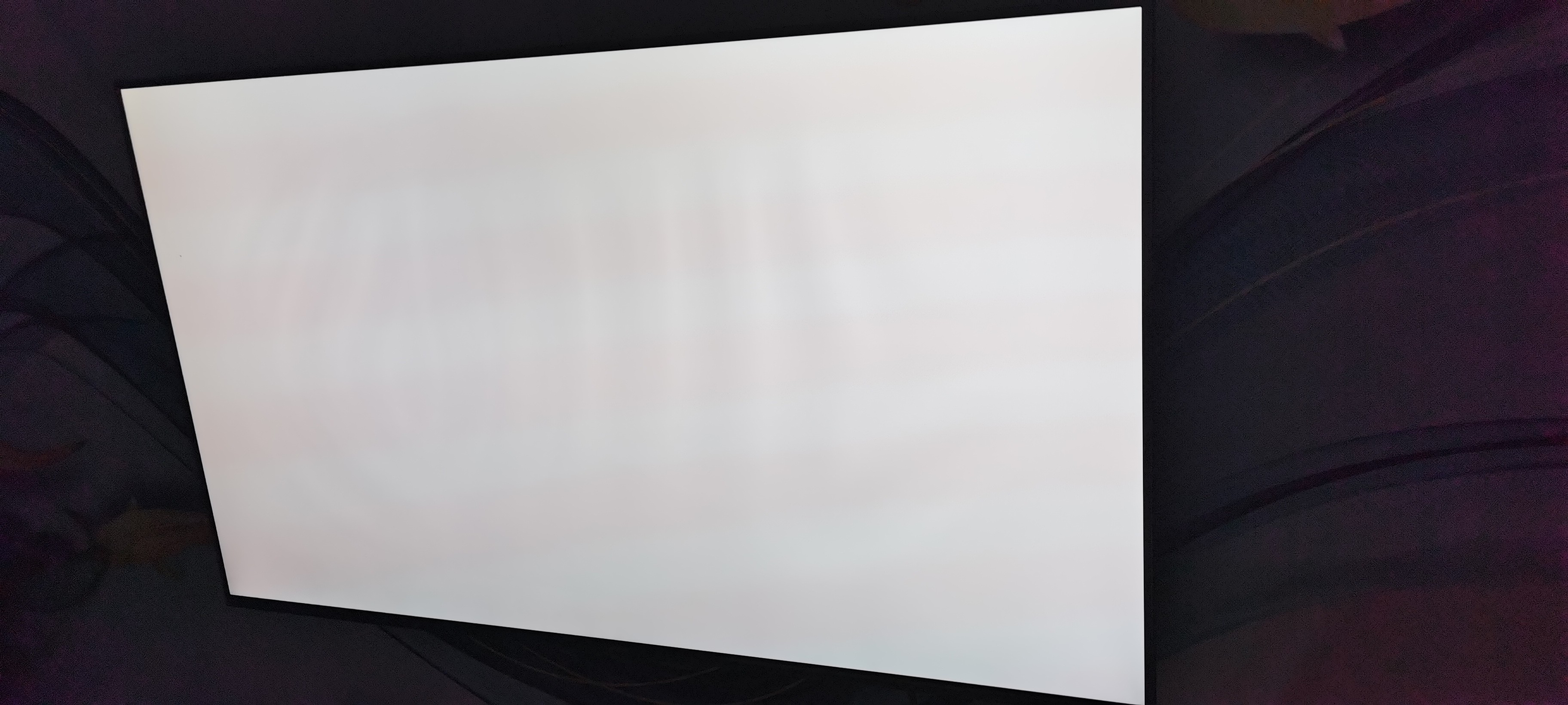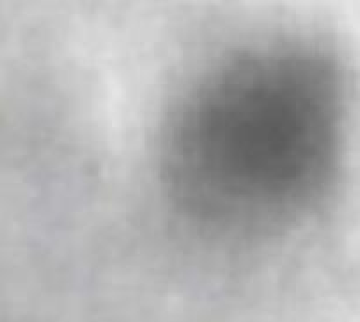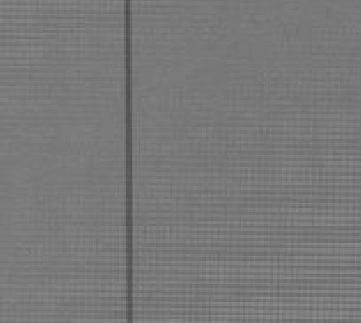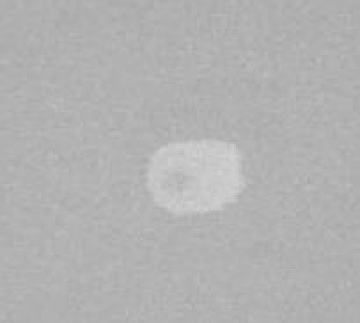
Privacy statement: Your privacy is very important to Us. Our company promises not to disclose your personal information to any external company with out your explicit permission.
In the world of display technology, one of the most common and frustrating issues that can arise is the presence of mura. Mura refers to the unevenness or inconsistency in brightness, color, or texture across a display panel. It is a phenomenon that can greatly impact the visual quality and user experience of a display, and thus, it is crucial to understand, test, and find solutions for the mura problem.
For the Lcd Display or LCDd panel manufacturer, sell the displays to the customers with mura problem will be a totally disaster, that is why we need know and fixed this problem before we sending it.
What is Mura?

Mura, a Japanese term meaning "unevenness" or "uneven texture," is a visual defect that manifests as irregularities in a display's uniformity. It can appear as dark or light patches, cloudiness, streaks, or spots on the screen. Mura is primarily caused by variations in the manufacturing process, such as differences in the thickness or density of liquid crystal layers, inconsistencies in backlighting, or imperfections in the display's components.
Mura Test:
To identify and quantify the presence of mura in a display, manufacturers and quality control teams employ a variety of testing methods collectively known as mura tests. These tests aim to assess the uniformity and consistency of a display's visual output. Here are some commonly used mura testing techniques:
1. Visual Inspection: The simplest and most intuitive method is a visual inspection by trained experts who carefully examine the display for any visible irregularities. This subjective approach can be effective for detecting obvious mura problems but may not be suitable for identifying subtle defects.
2. Gray-Level Analysis: This method involves displaying a series of gray-level patterns on the screen and analyzing the measured luminance values. Comparing the luminance levels across different regions of the display helps identify any mura-related variations.
3. Image Subtraction: By capturing images of a display with a uniform background and subtracting them from each other, any differences between the images can be highlighted. Mura defects will appear as deviations from the expected uniformity.
4. Optical Measurement: Utilizing specialized equipment like spectroradiometers or colorimeters, optical measurements can be taken across the display to quantify mura. These measurements provide objective data on color and luminance variations.
Types of Mura Problems:
Mura problems can manifest in various forms, each with its own characteristics and impact on the display's performance. Some common types of mura problems include:
1. Clouding: Clouding refers to the appearance of uneven backlighting, resulting in cloudy patches or areas of different brightness on the screen. It is often caused by backlight inconsistencies or improper light diffusion.

2. Banding: Banding appears as horizontal or vertical lines of varying brightness or color intensity across the display. It is typically caused by non-uniform pixel response times or variations in the driving voltage.

3. Spotting: Spotting refers to the presence of dark or bright spots on the screen, which can be caused by impurities in the liquid crystal material or defects in the manufacturing process.

4. Mura Noise: Mura noise is a term used to describe random fluctuations in brightness or color across the display. It can result from variations in the liquid crystal molecules' alignment or non-uniform electric fields.
Solutions for Mura Problems:
Addressing mura problems requires a combination of manufacturing improvements, quality control measures, and display calibration techniques. Here are some common solutions employed in the industry:
1. Manufacturing Process Optimization: Manufacturers can refine their production processes to minimize variations in component quality, thickness, and density. This involves enhancing the precision of liquid crystal alignment, improving backlight uniformity, and reducing impurities.
2. Quality Control Testing: Implementing rigorous mura testing at various stages of production helps identify and rectify any defects early on. This includes visual inspection, gray-level analysis, and optical measurements to ensure consistent quality.
3. Compensation Algorithms: Display manufacturers can develop compensation algorithms that dynamically adjust the display output to mitigate mura effects. These algorithms analyze the mura patterns and apply corrective measures to enhance uniformity.
4. Display Calibration: Users can employ display calibration techniques to optimize the visual quality of their displays. This involves adjusting parameters like brightness, contrast, and gamma settings to compensate for any mura-related inconsistencies.
5. Display Uniformity Enhancement Films: Specialized films can be applied to the display surface to enhance the uniformity of light transmission. These films help diffuse light and reduce the visibility of mura-related irregularities.
Conclusion:
The mura problem poses a significant challenge in the world of LCD display technology, affecting the visual quality and user experience of displays. Understanding the concept of mura, employing effective testing methods, and implementing appropriate solutions are crucial steps towards minimizing mura-related issues. By continuously improving manufacturing processes, implementing quality control measures, and utilizing calibration techniques, display manufacturers and users can mitigate the impact of mura and ensure a more uniform and visually pleasing display experience.
LET'S GET IN TOUCH

Privacy statement: Your privacy is very important to Us. Our company promises not to disclose your personal information to any external company with out your explicit permission.

Fill in more information so that we can get in touch with you faster
Privacy statement: Your privacy is very important to Us. Our company promises not to disclose your personal information to any external company with out your explicit permission.